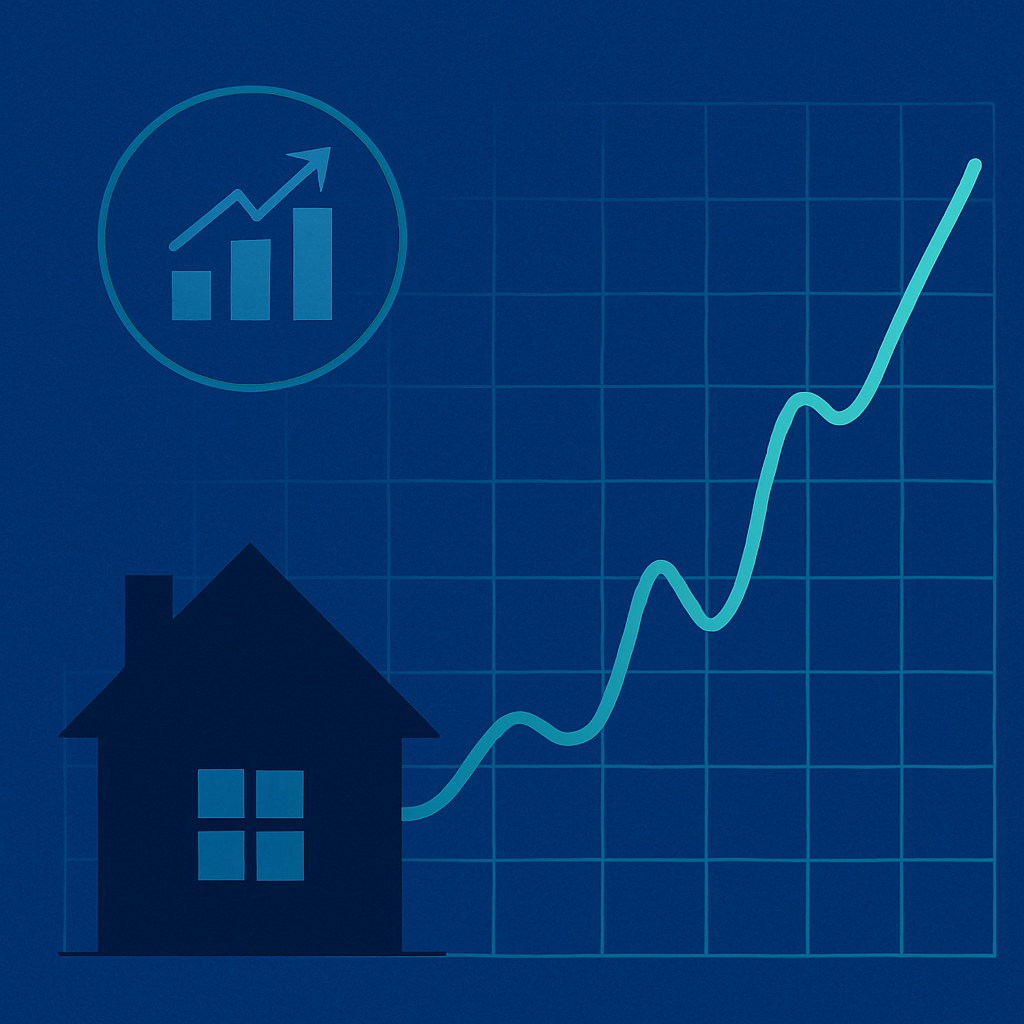
From Bottleneck to Breakthrough: Using Predictive Analytics to Drive Operational Efficiency
Overview
During the COVID-19 pandemic, the U.S. mortgage industry faced an unprecedented surge in demand. Interest rates fell from 4.5% in 2019 to a record low of 2.65% in 2021, nearly doubling mortgage originations from $2.3 trillion to $4.4 trillion. Lenders across the country, unprepared for this volume, faced extended processing times, staffing shortages, and plummeting customer satisfaction.
Amid this operational chaos, Patrick Joyce, leading Customer Experience and Analytics teams, was tasked with a challenge: improve loan turn times and reverse declining customer satisfaction scores—without significantly expanding headcount.
The surge in loan applications overwhelmed operations. Applications that once took less than 30 days to close now routinely dragged out to 60–90 days. Borrowers grew frustrated, and negative reviews flooded in. Traditional triage and staffing models couldn’t keep up with the complexity and sheer volume of applications.
The company needed a solution that would cut through the noise—something smarter, faster, and more precise than simply adding more people to the process.
The Challenge
Patrick and his team of analysts turned to data. Using advanced analytics and AI, they built a predictive model that identified key attributes of a mortgage application most correlated with delayed processing. By evaluating thousands of historical loans, the team was able to forecast—on day one—the likelihood that a loan would require a complex review.
This insight fundamentally reshaped operational workflows. Patrick’s team worked cross-functionally to redesign pipeline processes, creating a separate queue for high-complexity loans. Complex applications were reviewed by specialized teams with expertise to handle them efficiently, while straightforward applications flowed through the standard pipeline without unnecessary delays.
The Solution
The results were immediate and dramatic:
Loan turn times dropped significantly across the portfolio, with standard loans returning to pre-pandemic processing speeds.
Customer satisfaction increased by 30%, reversing months of declining feedback and restoring brand trust.
Operational efficiency soared, as resources were aligned based on predicted complexity instead of reactive bottlenecks.
The Impact
This case exemplifies how predictive analytics and AI—when paired with decisive leadership—can reshape business outcomes at scale. Patrick Joyce’s ability to translate complex data into actionable operational strategy not only improved key metrics but also rebuilt customer confidence during a critical time. His work stands as a blueprint for how leaders can turn disruption into opportunity using data-driven insight.


